
On a Sunday morning in June as the first rays of sunshine hit the rugged Kimberley landscape, the small Aboriginal community of Cockatoo Springs is frantic with activity. A desperate woman makes a hurried call on the only working telephone in the community, a clunky yellow and orange Telstra phone box on the wall of a house. The woman calls emergency services: a young man is threatening to kill himself, she says.
A few hours later a police paddy wagon makes its way up the long dirt road to Cockatoo Springs. Three policemen approach elder Ben Ward as he sits in his wheelchair at a table with a cup of tea. The officers ask where the man is and are pointed toward a small brick house a few doors down. A group of children playing on a trampoline bounce around, giggling and teasing each other, oblivious to the police presence.
The officers enter the house and then emerge a short time later with the man in handcuffs, his thin wrists shackled with thick steel glistening in the bright Kimberley sunlight. Flanked by officers he offers no resistance or words as he walks to the police paddy wagon, as two young girls swirl around the police on pink scooters.
It is an intense, fraught scene. Ward tells police that that the man is suicidal. Another woman says he needs a mental health assessment. The officer tells them the man has warrants out for his arrest, and that instead of taking him to a hospital he’ll go direct to the holding cells in nearby Kununurra.
The officer says it's hard to get one of the mental health workers to come out on a weekend, especially Sunday morning. Community members will have an anxious night wondering if one of them will be asked to identify a body the following morning – Indigenous deaths in police custody are sadly not uncommon.
The incident reaffirms the deep, historic distrust between Aboriginal people and the police in Western Australian. The relationship is so tenuous, frayed and broken that it’s hard to find a single person in any Aboriginal community in the Kimberley who speaks positively about their experience with the police.
Over his large chipped white teacup, Ward stares passively at the police wagon as it starts to trundle down the unsealed road in a plume of fine red dust, eventually disappearing into the rugged landscape of dramatic hills made up of cascading jagged rocks.
Ward takes a deep breath. The lines etched across his forehead become taught.
“Another young man taken away. We called for help and they arrested him,” he says.
Indigenous incarceration rates in Western Australia are shockingly high: according to last month's Amnesty report, Aboriginal young people make up 6% of Western Australia’s 10 to 17-year-olds, but more than three quarters of those in detention.
Ward has dedicated much of his life to keeping young Aboriginal people out of lock-up and on traditional land. He estimates he’s given a home to over 300 young people over three decades. Cockatoo Springs is a far cry from the township of Kununurra an hour away, where alcohol, family violence, homelessness and drugs have become a poison infecting entire families. Cockatoo Springs is booze-free, and the community sits on a swathe of traditional Mirriwong land Ward says is perfect for rehabilitating lost souls.
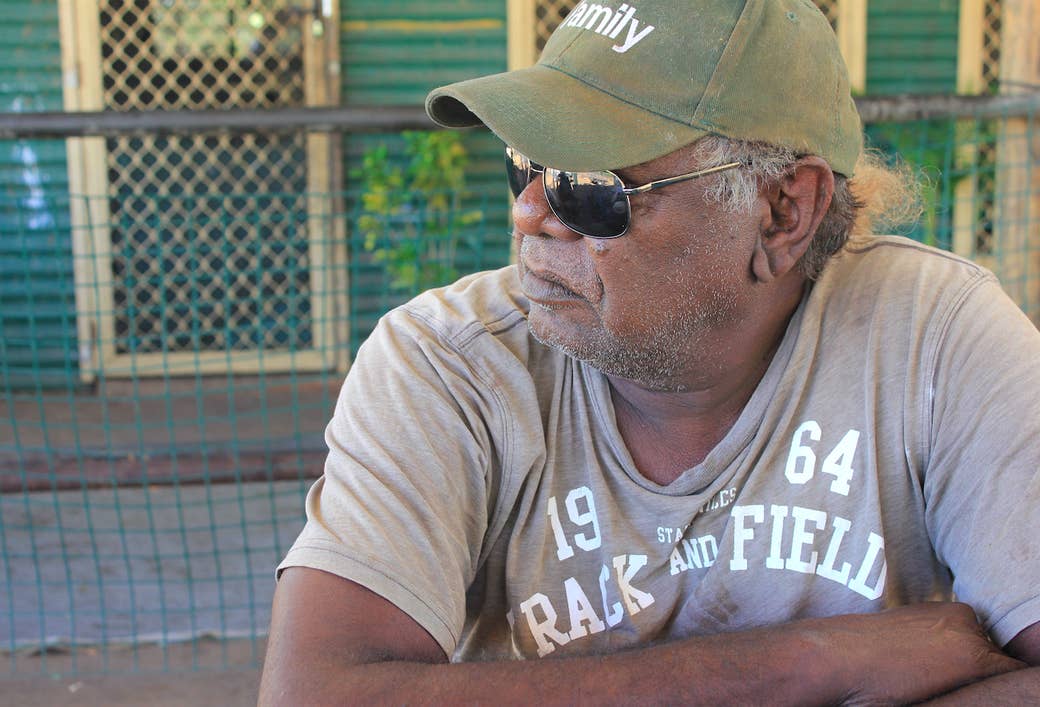
Ward has never received government funding to take in young people, despite lobbying many agencies on the benefits of his brand of cultural diversion.
"I’ve been looking after juveniles for so long and still never got help from anyone. I live on a pension and every one of those kids here, (Cockatoo Springs) they've been living off my pension. It's the right thing to do as a Mirriwong person."
Ward believes that the only way to stop the seemingly never-ending wave of Aboriginal people flooding Western Australia’s prisons is to reconnect them with culture and country.
“I came up with the idea, maybe five or six years ago, maybe more. I want young people to come out here, to have a detention centre for young people out here for young boys and for their detention and punishment. Go through the lore, blackfella lore. That’s what gives them the skills and knowledge for a future."
"The kids they get disconnected completely from culture, you talk about lost generations well they are heading in that direction already. And fast. The system is taking our young people from us and we don’t have time to teach them culture. By the time they come back to our country they know nothing" - Mirriwong elder Ben Ward.
If there was ever a place that was in desperate need of diversionary programs it is Western Australia.
Every prison, juvenile detention centre, remand centre and police holding cell is full of Aboriginal people.
The numbers are wildly disproportionate to the actual Indigenous population. Aboriginal people only make up six per cent of the Western Australian population but represent more than 40 per cent of the prison population.
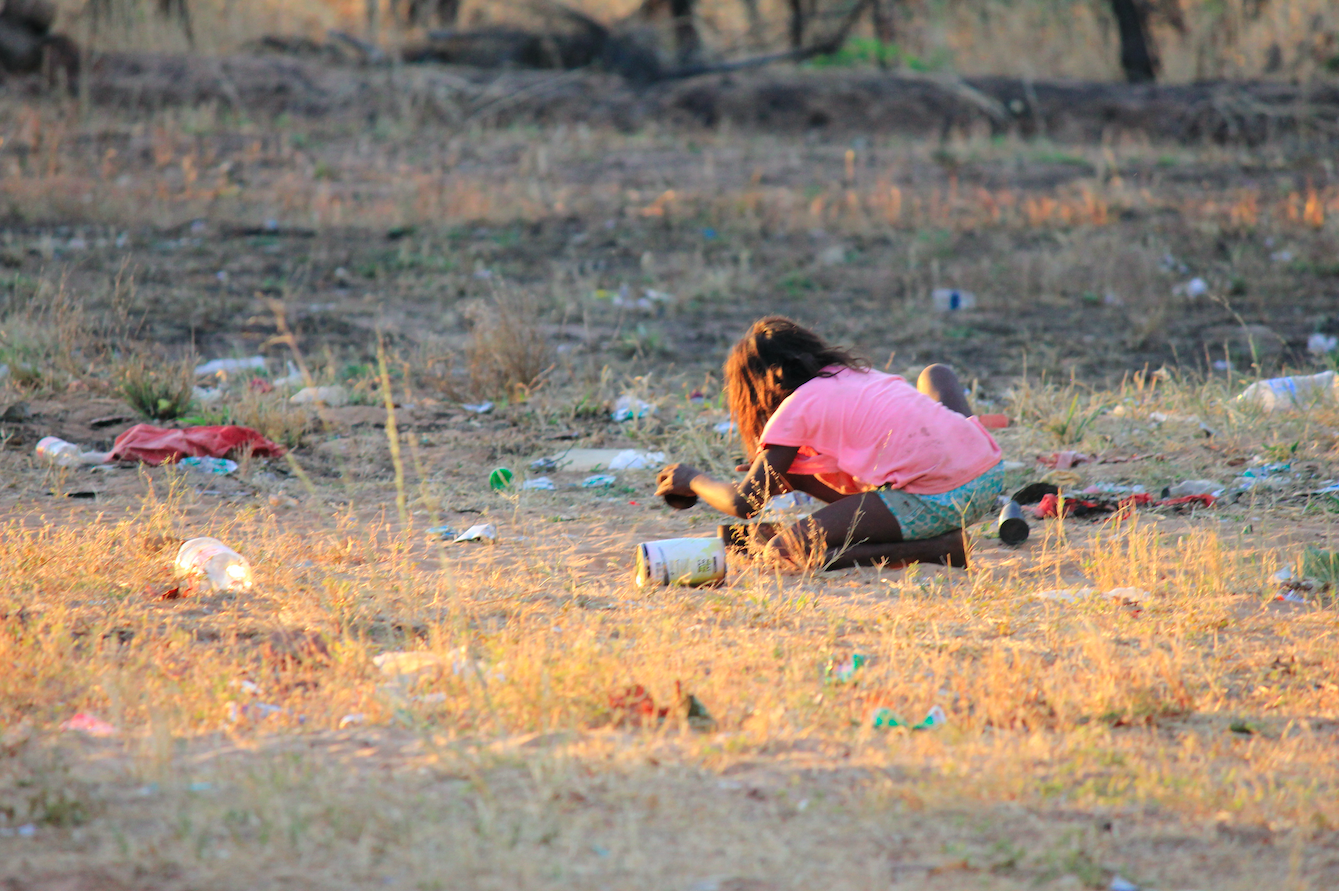
Amnesty singled out Western Australia's high youth incarceration rates in the report Western Australia: keep kids in communities and out of detention released last month.
It highlighted the grim reality for young Aboriginal people. Indigenous people between 10 and 17 years old make up almost 80 per cent of WA's juvenile detention population.
The report made 23 recommendations to the WA government, with a heavy emphasis on investment in diversionary programs.
"The commitment to prevention and diversion remains inadequate. In the 2013/14 financial year the Department of Corrective Services’ budget for prevention and diversion services was $7.83 million dollars. This is a very small amount compared to the $46.8m spent on detention in the same year. Further, the recent passage through the Legislative Assembly of laws that will expand mandatory minimum sentences for young people is inconsistent with the stated focus on prevention and diversion for young people in Western Australia. The Western Australian Government has conceded that these laws will lead to at least a further 60 places being required at Banksia Hill Detention Centre, 146 which will cost a further $18 million dollars in costs of detention alone. The President of the Children’s Court has highlighted that these laws “will result in the last window of opportunity to rehabilitate young offenders before they turn 18 years of age being lost.” - Amnesty International.
Julian Cleary, Indigenous Peoples’ Rights campaigner at Amnesty International authored the report and says the findings are a terrible indictment on Australia,“It’s clear at a systemic level things are failing, but ultimately there needs to be a lot more involvement of the Aboriginal community on the solutions and working in partnership with police, so if there are discriminatory practices they are stamped out.”
Amnesty wants controversial mandatory sentencing for young people abolished, urging the WA Government to “commit to detention as a measure of last resort for all young people by ensuring that no future legislation will impose mandatory minimum sentences for young offenders.”
Dennis Eggington, CEO of the Aboriginal Legal Service Western Australia (ALSWA), the state's peak Indigenous legal body, says that children as young as 10 are being taking into police custody. "We've been very concerned for a number of years now with the over-policing of our young children, including children as young as 10, being charged with offences such as receiving a stolen ice cream or a Freddo Frog, and they've done time over it. [They're] kept in custody and appear in a children's court."
"Sometimes for these very minor offences our kids spend time inside an institution or lock-up and it's such a terrible situation" - Dennis Eggington, ALSWA.
Cleary says it contravenes international standards. “Twelve is the absolute minimum internationally acceptable age at which kids should be held criminally responsible, and yet in WA, and in fact all around Australia, the minimum age of criminal responsibility is 10.”
“The fact that kids feel at home in prison that is an indictment on how we are failing these kids as a society” - Julian Cleary, Amnesty International.
In response to the Amnesty report the Western Australian Department of Corrections Commissioner James McMahon said, "having reliable, up-to-date statistical data on young people was integral to reducing reoffending. These statistics reinforce that reducing the over-representation of Aboriginal young people in the criminal justice system is a priority.”
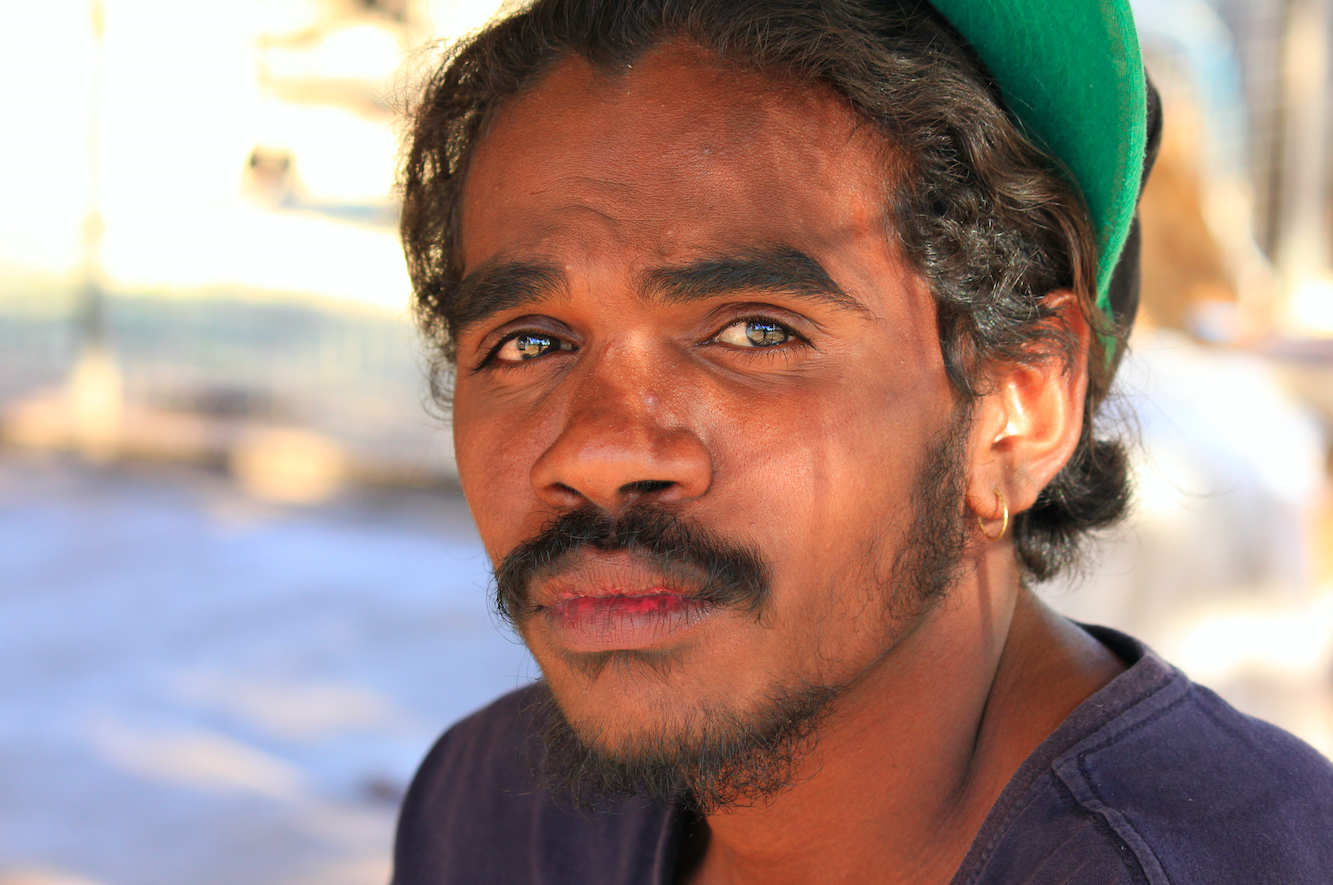
Sidney Griffiths, 19, sits on a large concrete slab, which doubles as a verandah in one of the town camps on the fringes of Kununurra in the east Kimberley. His large lips are cracked and a small gold earring glints occasionally when the sunlight hits it.

Sidney brings his nervous hands together and he looks down at the edge of the chipped concrete, sharply cutting into the red dirt, he begins to talk about his life in a soft low rolling voice that is deep and clipped with the distinct Kimberley twang.
“I grew up walking the streets all night. I was 12 or 13 when I first started using drugs and alcohol and smoking cannabis. I used to hate the police and I never liked the red and blue. They’re especially cheeky to blackfellas when there are no other witnesses around. I used to do burglaries, I used to do break-and-enters, armed-robberies, a lot of crazy shit. I felt like no-one cared about me.”
Sidney's story is just like thousands in the area.
At 16, Sidney was sent to juvenile detention in Perth and he would go on to spend the next three years in and out of lock-up. He recently finished his last court ordered community service.
Most of his teenage years were spent in trouble with the law, but Griffiths says he's determined to stay out of prison for the sake of his baby daughter.
“If there was a program when I got in trouble at that time, when I couldn’t find a program at that time, I would have been really grateful and I probably wouldn’t have ended up in jail” - Sidney Griffiths
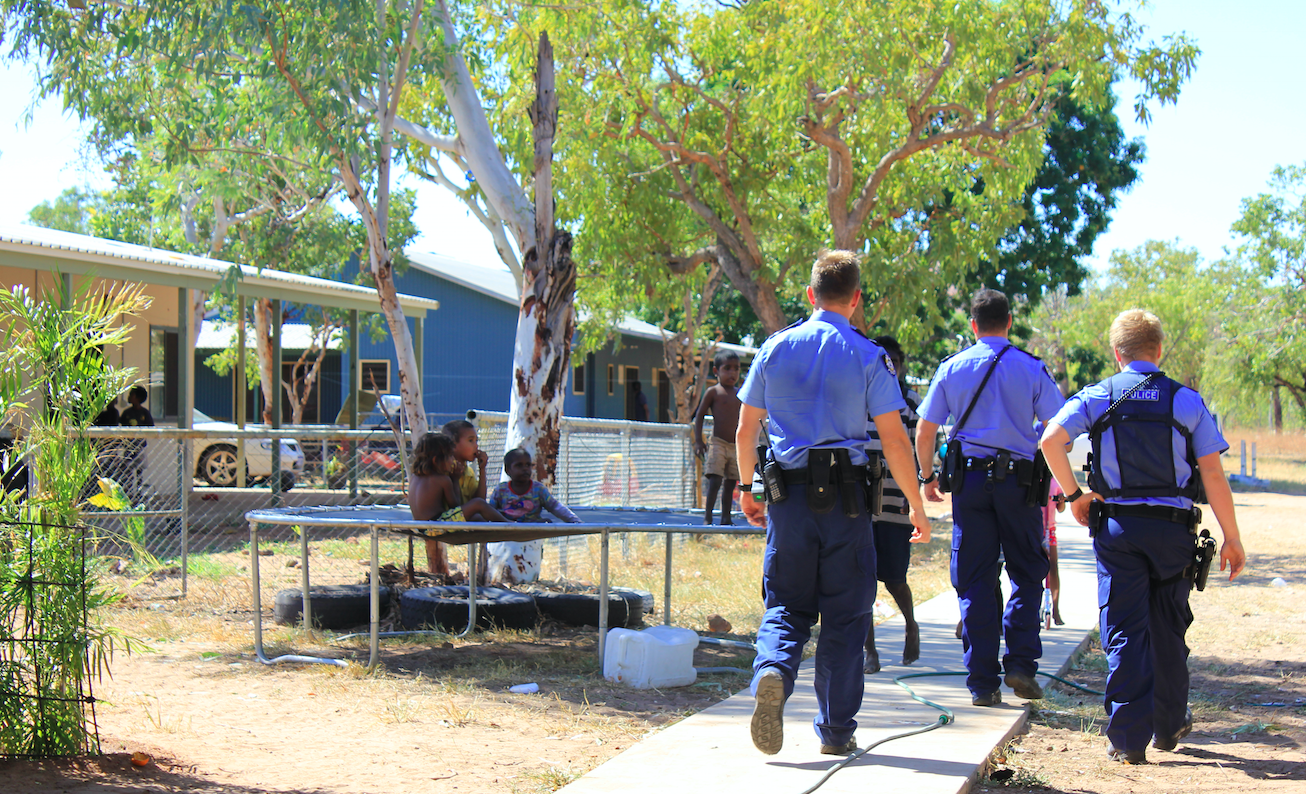
At the ALSWA's main Kimberley office in Broome, principal legal officer Ben White says young people are ending up behind bars due to a hard line approach from police.
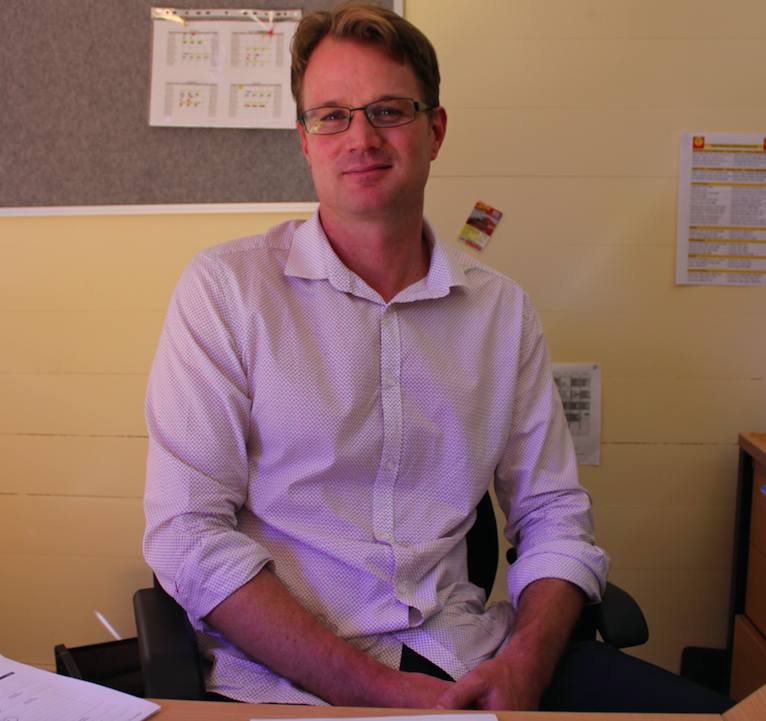
Smith points to very strict police bail conditions imposed on minors released from custody. He says they are rigidly enforced by police and that minor breaches such as breaking curfew and not being in the presence of a court ordered guardian are routinely putting children as young as 12 behind bars.
Smith says a recent client of the ALS was a 12-year-old boy put into a police cell for playing in a neighbours' yard. One of the boy's bail conditions was that he remain at his grandmothers house after curfew.
"The police went around to do a curfew check and his Nanna was sitting on the verandah at the front and she said he’s not here he’s over there. It was a house directly across the street where kids were having a party in the front yard. Nanna could actually see her grandson playing. But because he wasn’t in her house after curfew they arrested him and he spent the night in lock up, its completely unnecessary.”
In situations like this police should use their discretionary powers to avoid locking up juveniles over minor breaches, Smith says. He believes police monitoring is excessive. “It’s very common, we hear it all the time from our clients, there’ll be curfew checks – up to half a dozen times a night the police will knock on the door and wake up everyone in the house. The child will have to present to the door.”
“The kids call it torching, where the police shine the light in their face to identify them. For new offenders it’s not diversionary. If some police officer is shining their torch in your face repeatedly for two or three weeks before you go to court, it’s not diversionary. The kids are probably going to start resenting the police. The family’s going to resent the police and it’s just counter-productive to the principals of juvenile justice" - Ben Smith ALSWA
A spokesperson for the Western Australian police say that despite a public perception that they are hardline and punitive, officers only take young people into custody as a last resort and are committed to diverting them away from lock up.
"Discretionary powers are currently used by Kimberley police in relation to juvenile breaches. The assessment of the use of discretion is dependent on each individual case along with a risk assessment of the juvenile involved, the level of offending identified or offending risk posed by the juvenile to the community."
"In accordance with the intent of the Young Offenders Act, police endeavour to divert juveniles away from a police custody setting. Placing a juvenile into a custodial area is a last resort. All juveniles who are the subject of a curfew are checked and it would not be correct to suggest police in the Kimberley are conducting those checks unfairly."
One of the key recommendations by the Royal Commission into Aboriginal Deaths in Custody in 1991 was to use detention and imprisonment as a last resort, but in WA and the rest of Australia, Indigenous incarceration rates continue to climb.
As the sun sets on the vast Kimberley region, a vast area three times the size of the United Kingdom, one thing is clear: more children will end up behind bars before sunrise.
